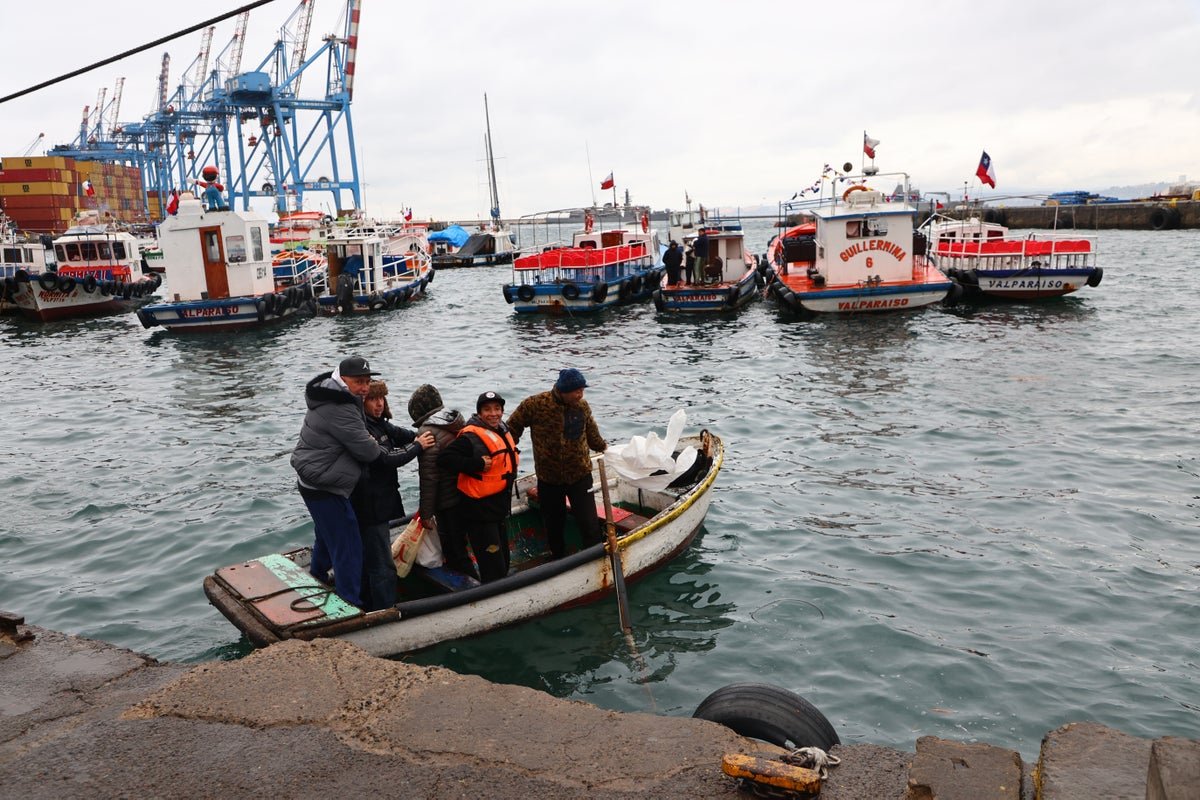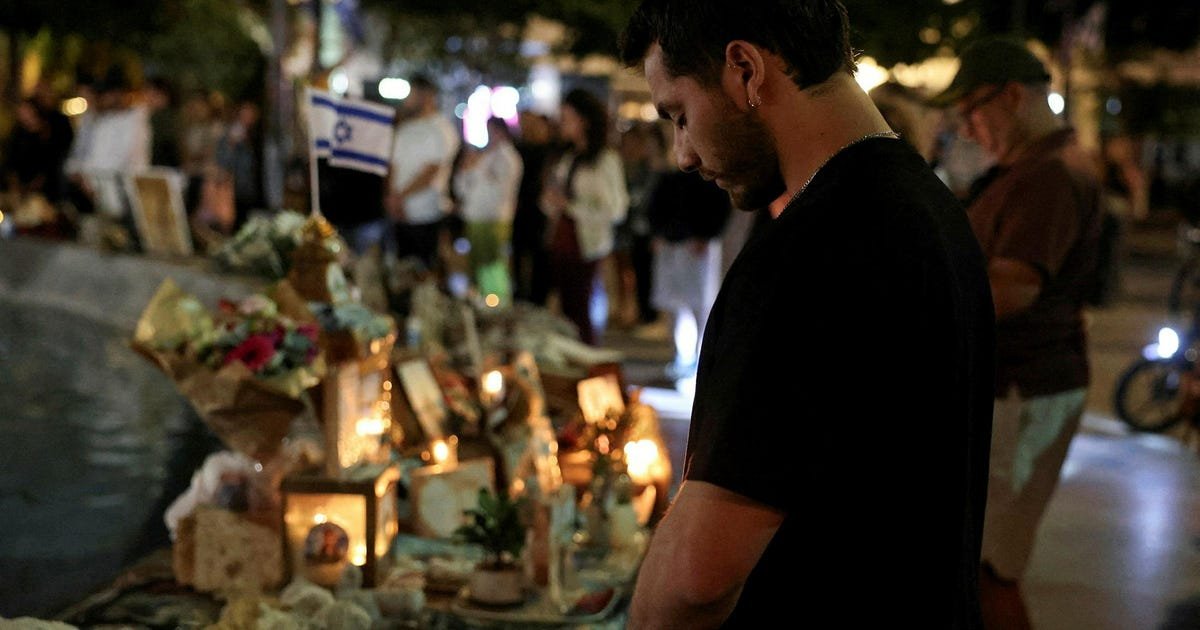Notifications can be managed in browser preferences.
Please refresh the page or navigate to another page on the site to be automatically logged inPlease refresh your browser to be logged in
Next article
Tsunami warnings in Hawaii, parts of California and Japan downgraded
I would like to be emailed about offers, events and updates from The Independent. Read our Privacy notice
Tsunami warnings remain in place in New Zealand and Chile a day after an 8.8-magnitude earthquake struck off the coast of the Russian far east in the early hours of Wednesday.
Officials in New Zealand said rebounding tsunami activity from South America meant that strong and unusual currents could continue for another 24 hours.
Meanwhile, Chile, highly vulnerable to earthquakes and tsunamis, has issued a state of caution requiring citizens to move away from the coastline, beaches and avoid maritime activities.
Chile’s interior minister Alvaro Elizade said waves reached a height of 1.1m in some places, and in one location reached 2.5m.
Authorities in Colombia, Ecuador and Peru this morning dropped the tsunami alerts.
Several people were injured during the earthquake, but none seriously and no major damage was reported. However, one woman died in Japan after her car fell off the cliff while evacuating to higher ground.
Amidst the tsunami warnings, lava was seen coming from the Klyuchevskoy volcano on the peninsula as it began to erupt.
A tsunami is a series of waves that are generated by a large displacement of the ocean, often caused by large-scale disturbances like earthquakes or volanic eruptions under the sea.
“In this case, we’ve got an earthquake,” professor Ilan Kelman, specialising in disasters and health at University College London explained.
“So when the earthquake shakes the earth, let’s say it moves up and down on the sea floor. That means that there’s a quick movement of water moving up and down, which creates a wave that radiates out from where the earth shook.”
As the waves travel inland and the depth of the ocean decreases, the waves build up in height. The speed of the waves is determined by the depth of the ocean rather than the source, the US National Ocean Service explained.
Due to rebounding tsunami activity from South America, the east coast of both the North and South Islands in New Zealand and the Chatham Islands remain under a National Advisory, and are likely to remain so overnight.
The remainder of the West Coast of the South Island and Cook Strait that remain under a Beach and Marine Tsunami threat are assessed as only just reaching the threshold for a Beach and Marine Tsunami threat.
Local authorities on Russia’s Kamchatka peninsula said several people were injured during the massive quake, but didn’t give an exact number.
Oleg Melnikov, head of the regional health department, said a few people hurt themselves while rushing to leave buildings and a hospital patient received an injury while jumping out of a window. Melnikov said that all injured people were in satisfactory condition.
A video released by Russian media outlet showed a team of doctors at a cancer clinic on Kamchatka holding a patient and clutching medical equipment as the quake rocked an operating room, before continuing with surgery after the shaking stopped. Officials said the doctors will receive decorations.
In Petropavlovsk-Kamchatsky, Kamchatka’s regional capital, the quake damaged a local kindergarten, which was not in operation due to ongoing repair work.
U.S. Secretary of Homeland Security Kristi Noem said the threat of a major tsunami hitting the United States “has passed completely.”
Noem, speaking in Chile where she is attending meetings with officials, told reporters in the capital, Santiago: “We’re in really good shape right now. We were fully deployed and ready to respond if necessary, but grateful that we didn’t have to deal with the situation that this could have been.”
Alaska “didn’t feel a thing” amid threats of tsunamis yesterday.
A spokesperson for Alaska’s state emergency management agency, Jeremy Zidek, said that no damage has been reported.
The community of Adak recorded the largest tsunami wave in Alaska at 2.7 feet, or less than a meter.
“I think what really surprised us, given the magnitude of that earthquake on Kamchatka, is that we didn’t feel a thing,” Adak City Manager Breck Craig said. “The bad thing is, that it might be our turn next.”
Join thought-provoking conversations, follow other Independent readers and see their replies
Please refresh the page or navigate to another page on the site to be automatically logged inPlease refresh your browser to be logged in
Tsunami alerts in New Zealand and Chile after huge earthquake off Russian coast: Live updates – The Independent



